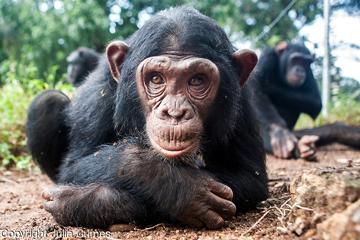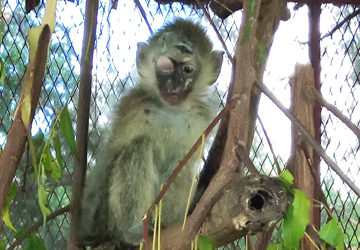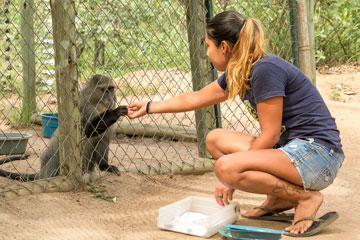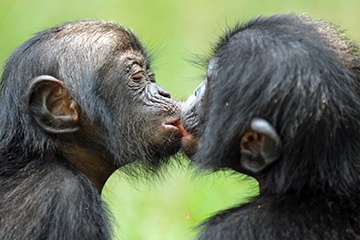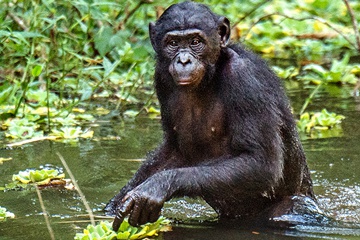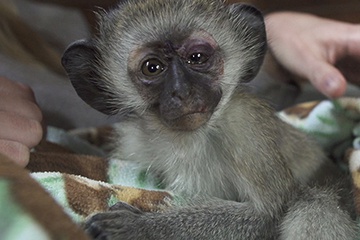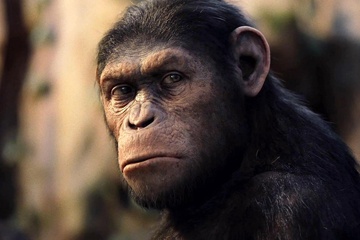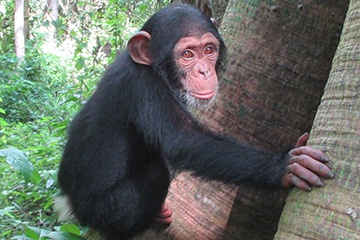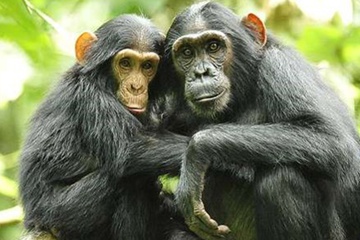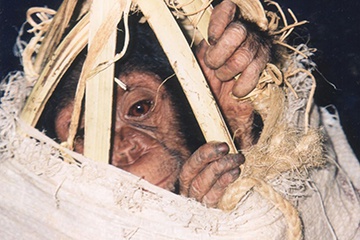Sanctuaries Unaffected by Political Unrest
in Democratic Republic of Congo
Tensions Remain High As At Least 26 Protesters Are Killed
By Natasha Tworoski
Tensions have been high this week in the Democratic Republic of Congo, as December 19th marked the end of President Kabila’s second presidential term. The DRC constitution states a president can only serve two terms, but Kabila has been stating for over a year that it would not be possible to organize an election until 2018. Despite international pressure from the United States and European Union, the current government in DRC has remained firm that Kabila will not be stepping down at this time.
The Democratic Republic of Congo has never had a peaceful transition of power. Many are concerned that by remaining in office, President Kabila can trigger another international war like the brutal conflict that ravaged the country from 1996 to 2003, when millions were killed.
On Tuesday, at least 26 Congolese people were killed by government troops while protesting in major cities of DRC, including the capital of Kinshasa. A strong military presence, as well as a ban on protesting, has forced most citizens to stay home, with businesses and schools closing for the immediate future. The number of protestors injured and arrested remains unknown, but is believed by human rights organizations to be very high. Government shutdown of most social media within the country has prevented citizens from reaching out to the international community.
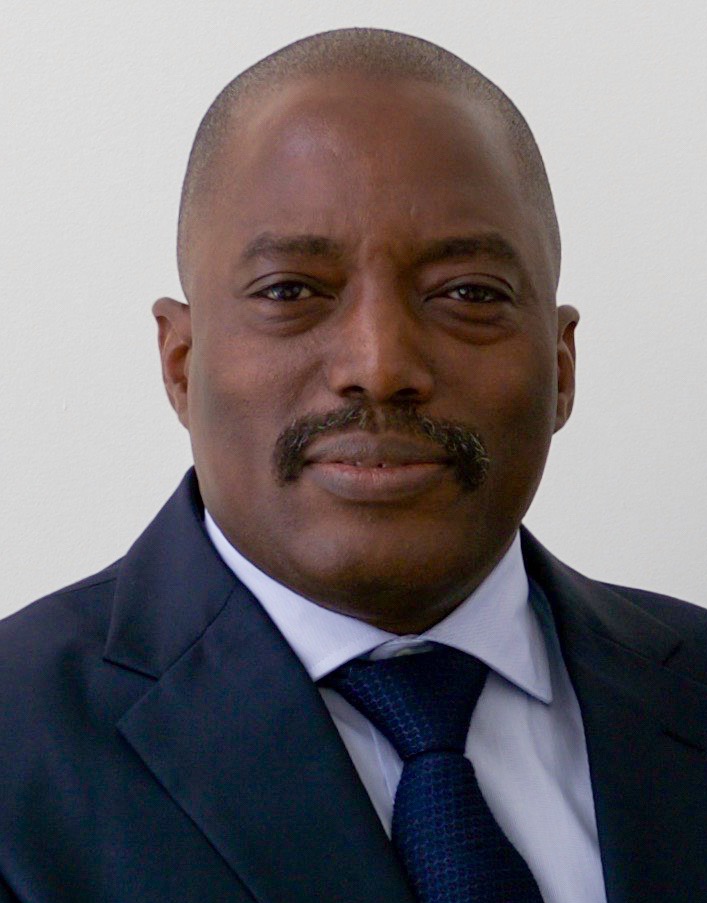
Protests in many cities, including Kinshasa, have led to 26 deaths since President Kabila of the Democratic Republic of Congo refused to step down after his term ended.
Opposition leaders continue to encourage peaceful protests and remain hopeful that an election can be arranged early in 2017. Opposition leader Freddy Mbuyamu Matungulu is insistent that an intermittent leader must step in for now and that Kabila should step down immediately.
There are three PASA member sanctuaries located throughout the DRC. At this time, all three are believed to be safe and continuing to provide life-saving care to great apes and monkeys who were rescued from the illegal wildlife trade and the bushmeat trade. Our thoughts are with them.
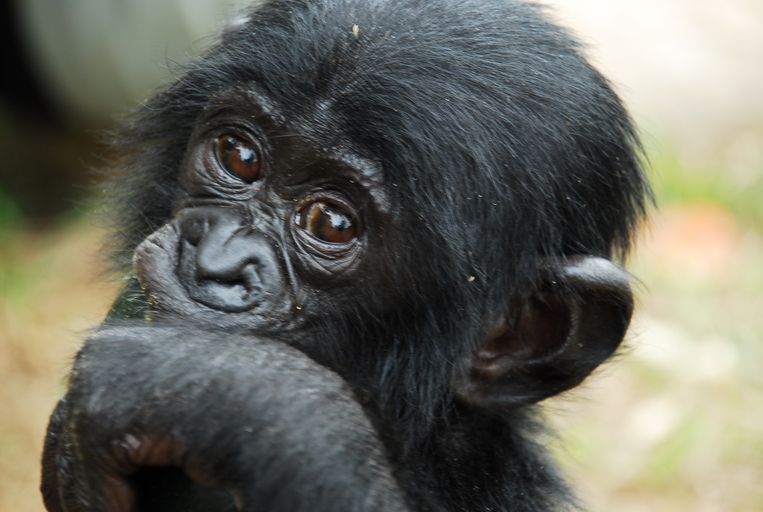
The Democratic Republic of Congo is the only country is the world where bonobos, a great ape species closely related to chimpanzees can be found. The country is also home to eastern gorillas and chimpanzees.
Next Posts
Ngamba Island Chimpanzee Sanctuary Works to Save Chimps and Improve Communities
This sanctuary decided it wasn’t enough to just rescue victims of human-wildlife conflict, but that it was time to end the conflict.
A Story of Hope: Likoni’s Journey
A young vervet monkey on the brink of death makes a miraculous recovery thanks to one sanctuary’s fast action.
Is Volunteering Abroad with Primates for You?
Volunteering in another country with wildlife can be a life-changing experience, if you’re up for the challenge.
Bonobos and Chimpanzees, Which Ape is Which?
Bonobos and chimpanzees offer great insights to human evolution, but they are often confused for each other.
Against All Odds, Fourteen Bonobos Find Their Way Home!
Returning primates to the wild can be a challenge for many PASA members.
Vervet Emergency!
When young vervet monkeys need medical help, the staff at the Vervet Monkey Foundation are always at the ready.
Why Primates Have Never Belonged in the Entertainment Industry
The entertainment industry harms primates in ways beyond the horrific living conditions and abuse.
What Does it Take to Create a Chimpanzee Sanctuary from Scratch?
An on-the-ground look at the founding of a new chimpanzee sanctuary.
Adventuring Responsibly: How to Help (and Not Harm) Wildlife While Traveling
A go-to guide on responsible tourism.
Political Instability Affects People and Primates Alike
Pressure caused by in-country fighting has large impacts on communities, but what about the animals caught in the crosshairs?

